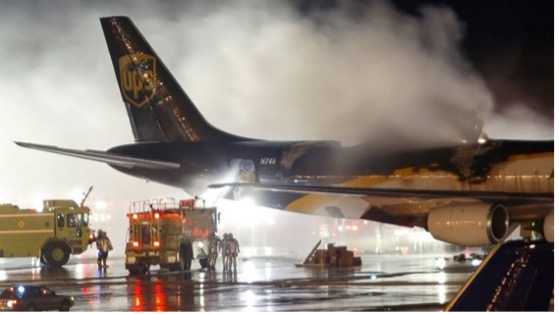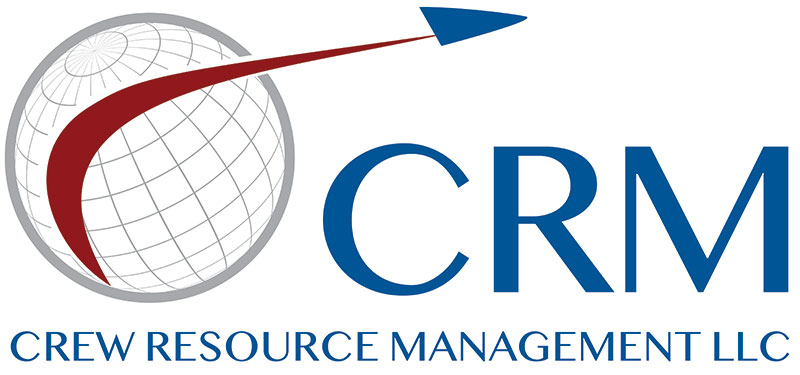
Lithium-ion (L-I) batteries are widely used in various electric-powered devices, from smartphones, cameras and laptops to e-bikes, hybrid and electric vehicles and power tools. These batteries are popular due to their portability, high energy density and long-lasting performance, together with a relatively rapid charging capability. Despite their obvious advantages, L-I batteries also pose a non-negligible risk of fire and explosion. There is considerable variability in the quality and performance of batteries used in consumer electronics. This has resulted in a proliferation of battery-related fires and the number of such incidents is rapidly increasing. It goes without saying how dangerous such events can be, especially in any enclosed or confined space – such as an aircraft – where immediate evacuation may be difficult or impossible.
Lithium-Ion Battery Fires

While L-I batteries are designed with safety features to prevent such incidents, they can still occur unexpectedly under certain circumstances, posing a significant safety hazard to users. L-I battery fires may exhibit a bursting phenomenon that can escalate rapidly once ignited, releasing intense heat and toxic fumes.
We see examples of L-I battery fires in the news on an almost daily basis: In 2013, the entire Boeing 787 fleet was grounded due to the airplane’s L-I batteries igniting. One such incident caused major damage to a Japan Air Lines 787 just after landing. Design and containment modifications permitted the airplanes to eventually return to service after several months.
Very recently, a fire erupted in a passenger’s backpack on a Jetblue flight on the ground at JFK. Fortunately, the incident occurred during boarding, so the aircraft was quickly evacuated while the crew fought the fire. The FAA reports that so far in 2023 the consumer product (phones, laptops, etc.) fires are averaging more than one per week on commercial airline flights in the USA. In May, 2023, fires occurred on four consecutive days onboard domestic flights.
Understanding the Cause
Most L-I battery fires are caused by one or more of the following: overcharging, overheating, improper charger, physical damage, or manufacturing defects. When a L-I battery is overcharged, damaged or exposed to high temperatures, it can lead to the formation of metallic lithium within a battery cell. This can result in a “thermal runaway,” leading to the release of flammable electrolytes and the generation of intense heat, ultimately causing the battery to catch fire or explode as the runaway spreads from one battery cell to another. This high energy fire – in the range of 2,000 – 3,000 °F – can then become an ignition source to any other flammable materials in the immediate vicinity.
Overheat or Fire

In early stages, water may be sufficient to address a battery overheat and prevent serious damage. Once adequately cooled, the device should be placed in a containment bag. But if a L-I battery ignites, FAA guidance (AC 120-80B) is to “…aggressively extinguish the fire with a readily available fire extinguisher (which will likely be Halon)…” followed by a cooling water bath to prevent further spread..
Although not specifically endorsed by the FAA, the company SpectrumFX has developed a class D fire extinguisher which not only extinguishes the L-I fire, but simultaneously provides cooling. Their extinguishing agent, Firebane®, suppresses the hottest fires faster than traditional agents.
Conclusion
L-I battery fires present a modern, complex and high-stakes safety concern, necessitating a comprehensive understanding of the underlying causes and effective risk mitigation strategies. By promoting awareness and being prepared for a L-I battery fire scenario, the potential hazards associated with such events can be effectively managed, contributing to safer usage and widespread confidence in the reliability of these very common energy storage solutions. For more information on Dangerous Goods Awareness training, please consult our online training partner, TrainingPort.net.

Scott Linn, MS CHFP, is an active partner at Crew Resource Management LLC, providing valuable Human Factors content and… common sense to an uncommon world. Scott was a flight test engineer with the Boeing Company for 32 years. He has a Master’s degree in Psychology/Human Factors and is a Certified Human Factors Professional by BCPE. He consults on HF, CRM and safety issues and he urges you not to talk on your phone while driving.

